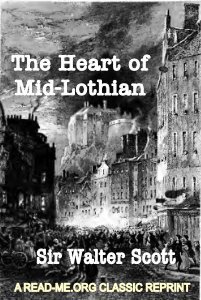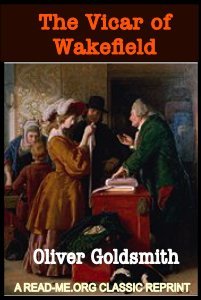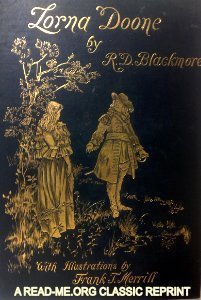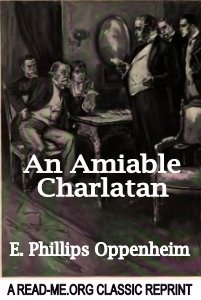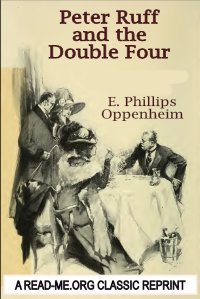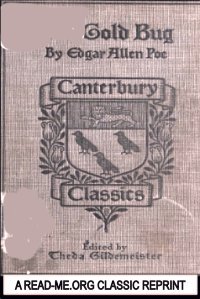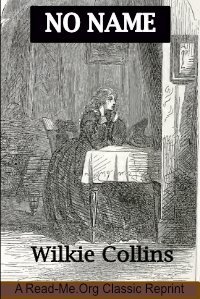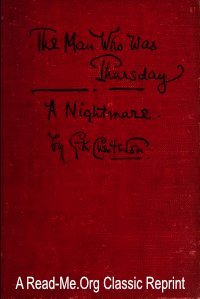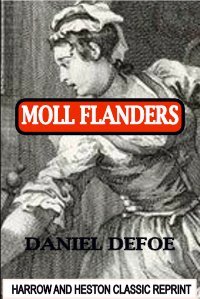By Hilary Mantel
FROM CHAPTER 1:
“So now get up."
Felled, dazed, silent, he has fallen; knocked full length on the cobbles of the yard. His head turns sideways; his eyes are turned toward the gate, as if someone might arrive to help him out. One blow, properly placed, could i kill him now. Blood from the gash on his head--which was his father's first effort is trickling across his face. Add to this, his left eye is blinded; but if he squints sideways, with his right eye he can see that the stitching of his father's boot is unraveling. The twine has sprung clear of the leather, and a hard knot in it has caught his eyebrow and opened another cut.”
NY. Henry Holt and Company. 2009. 548p.











